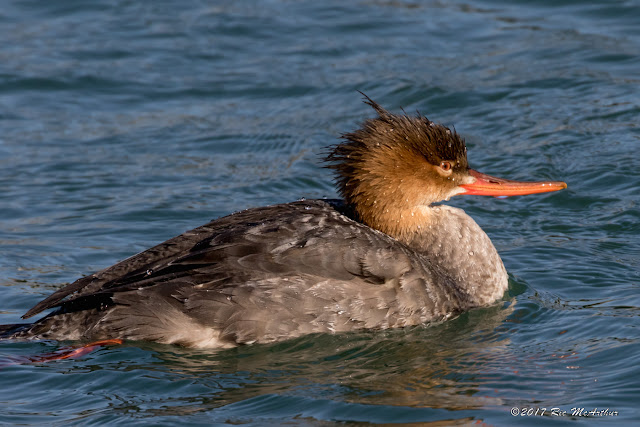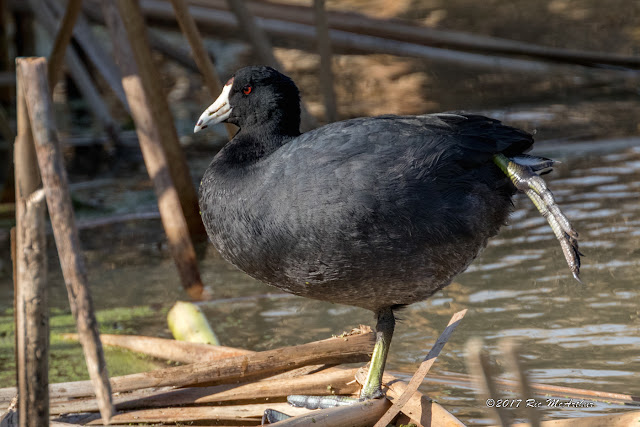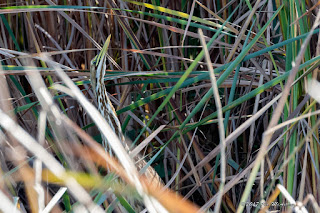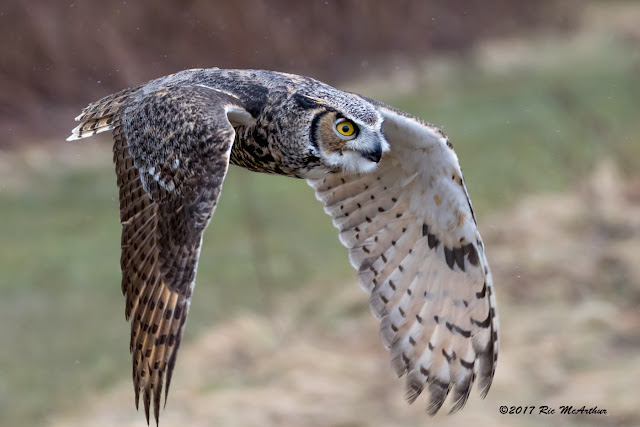Black throated green warbler

Black throated green warbler at the pond Sept 2, 2017. I will have to close the pond soon due to freezing temperatures. Setophaga virens The male Black-throated Green Warbler sings persistently during the breeding season. One individual was observed singing 466 songs in one hour. source - https://www.allaboutbirds.org/…/Black-throated_…/lifehistory











